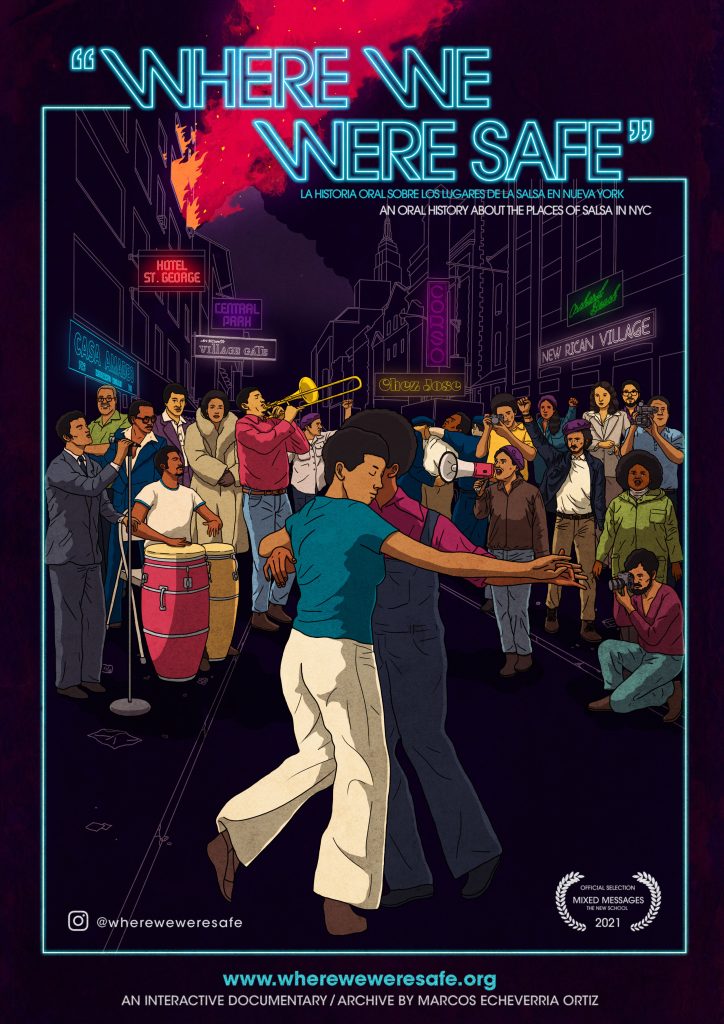
Progress Update: Smithsonian Museum of the American Latino Moves Closer to Reality

The Long Road to the National Museum of the American Latino: Progress, Politics, and Polarization
Nearly five years after Congress passed legislation to establish the Smithsonian National Museum of the American Latino (NMAL), the institution remains without a permanent site or building. Despite widespread bipartisan support at various stages, politically fueled delays, cultural debates, and fiscal roadblocks have continued to obstruct progress on a museum that would celebrate the longstanding contributions of the Latino community to American history and culture.
How We Got Here
The idea of a museum dedicated to Latino history first gained formal traction in 2008, when the Obama administration assembled a 23-member commission to explore the concept. The commission published a report detailing the underrepresentation of Latinos in American cultural institutions, advocating for a dedicated museum on the National Mall.
It wasn’t until late December 2020, under the Trump administration, that Congress formally approved the creation of NMAL — a surprising move tucked inside a $900 billion COVID-19 relief bill. While the approval marked a historic step forward, the legislation did not assign a location for the future museum or secure long-term funding.
A Bipartisan Push for Progress
Fast-forward to 2024, and momentum is building again. A bipartisan coalition of senators — including Republicans Ted Cruz and Bernie Moreno and Democrats Chuck Schumer and Alex Padilla — reintroduced legislation to secure a site for the NMAL on the National Mall. Specifically, they propose that the National Park Service transfer a parcel of land near the Washington Monument to the Smithsonian for the museum’s construction.
“This site is more than just real estate,” Senator Padilla said in a statement. “It’s about ensuring Latino stories are part of the American narrative showcased at the heart of our nation’s capital.”
The legislation, however, does not allocate new federal funds for construction. Current estimates place the cost between $600 million and $800 million, half of which was anticipated to come from public funds when Congress first authorized the project. The other half is expected to be raised via private donations. Support has already come from major corporate donors, including McDonald’s, Ford, and Fox. Even with funding in place, projections suggest that the museum may take a decade to open its doors to the public.
Political Hurdles and Cultural Controversy
The creation of the NMAL does not unfold in a vacuum. It comes against the backdrop of contentious immigration policies and deep cultural divide. Deportations and detentions of Latino U.S. residents and citizens have increased under renewed crackdowns, even as legislators from the same political factions support the museum’s development.
This contradiction was noted by Erika Hirugami, co-founder of UNDOC+ Collective, an advocacy group for undocumented creatives. “NMAL was signed into law by the same president whose administration detained and deported our communities,” she said. “Can our government truly celebrate Latino culture while persecuting Latino people?”
The NMAL’s first major initiative — the Molina Family Latino Gallery — opened in 2022 at the Smithsonian’s National Museum of American History. Featuring the exhibition ¡Presente! A Latino History of the United States, it explored overlooked facets of history including colonialism, war, and the Latino civil rights movement. While critically acclaimed by many, it also attracted strong opposition from conservative circles.
Notably, the Heritage Foundation and other right-wing observers accused the exhibit of promoting “Marxist” ideologies and called for defunding the museum. These groups interpreted the NMAL’s agenda as divisive and contrary to “traditional” American values. Such backlash culminated in attempts by Republican lawmakers to block taxpayer funding for the museum’s expansion in the 2024 federal budget cycle.
Efforts to Undermine the Museum
In 2025, President Donald Trump — once again in office — signed an executive order aimed at “restoring truth to American history,” instructing Vice President JD Vance to dismantle Smithsonian programs that incorporate critical race theory or what the administration terms “non-essentialist” views of race and gender. This policy directly targets nascent institutions like NMAL and the Smithsonian American Women’s History Museum.
These moves highlight the broader cultural war being waged over educational content, historical narrative, and public memory in the United States.
What’s Next?
The Smithsonian National Museum of the American Latino continues to face obstacles in its journey from paper to permanence. Yet, supporters remain undeterred. Advocates argue that placing the museum on the National Mall is critical — not just for symbolic representation, but for physical accessibility and visibility.
If the latest legislation passes and land is transferred, it would represent a crucial milestone. But without additional federal support, constructing the museum will largely depend on private fundraising and the resilience of its advocates.
“The museum is not just a building,” wrote the Friends of the American Latino Museum in a public letter. “It’s a chance to correct the absences in our national narrative and finally acknowledge the millions of Latinos who have helped build this country.”
Conclusion